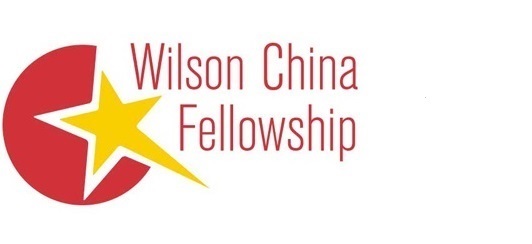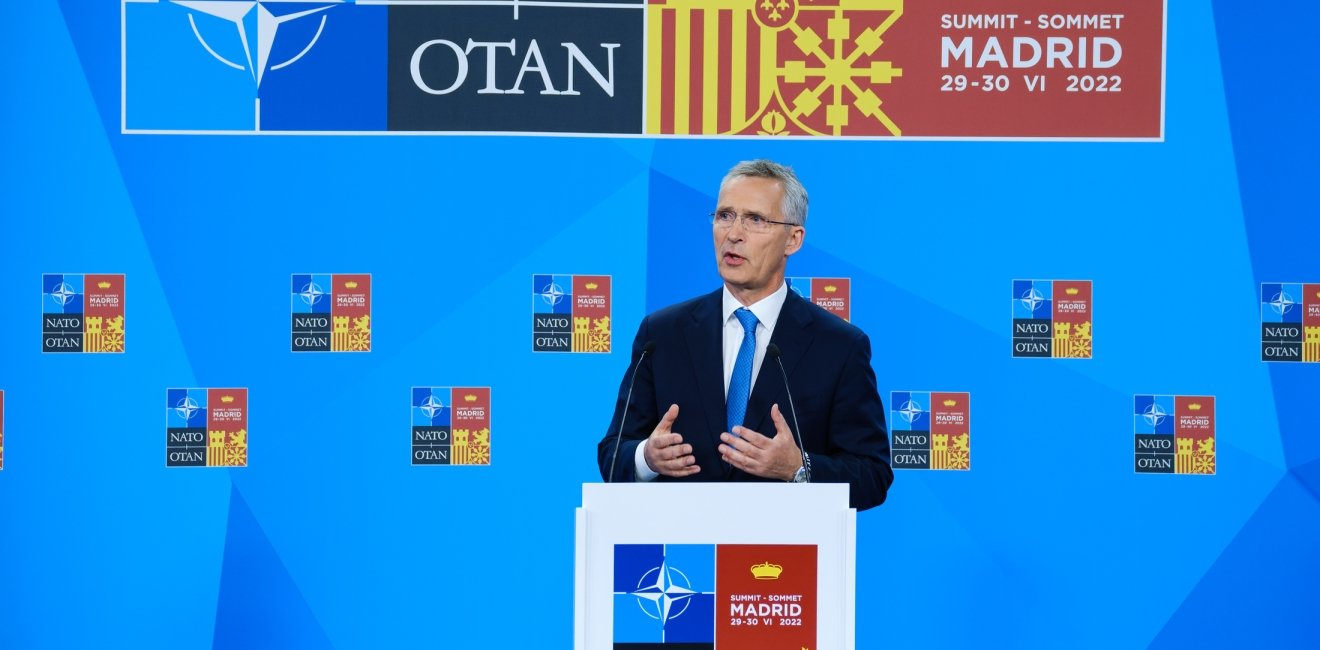NATO unveiled its new Strategic Concept at the Madrid Summit, a guiding document outlining the enduring nature of the alliance. This document, last updated in 2010 in Lisbon, reflects a new chapter in the NATO alliance by 1) outlining core tasks (deterrence and defense, crisis prevention and management, cooperative security), 2) assessing threats (Russia, China, terrorism), and 3) enshrining the continued significance of the alliance.
In the last 12 years, a lot has changed for the defensive alliance. Russia invaded Crimea in 2014 and then Eastern Ukraine in 2022, NATO expanded its roster to include two new members (Montenegro and North Macedonia) along with two new applicants (Sweden and Finland), China has become a significant player on the world stage, and the alliance withstood threats both external and internal. The United States has reaffirmed the Alliance’s centrality to U.S. foreign and security policy. European Allies have undergone a security renaissance in the wake of Russia’s invasion of Ukraine, from Germany upending decades of policy and announcing a €100 billion increase in military spending, to Denmark voting to remove an opt-out to EU defense policies, to Sweden and Finland answering their decades-long NATO question in the affirmative, to Ukraine and Moldova becoming official candidates for EU accession. The new Strategic Concept is long overdue and contains a multitude of indicators towards the future of the Alliance.
As expected, the new Strategic Concept not only addresses the Russian invasion of Ukraine but also the rise of China. Terrorism is mentioned as the largest asymmetric threat to Allies, citing instability in its southern neighborhood, particularly the Middle East, North Africa and Sahel regions, as part of NATO’s 360-degree approach. The Strategic Concept specifically outlines NATO’s major threats in the present security environment.
Russia has brought war back to the continent. As stated bluntly in the Strategic Concept: “The Euro-Atlantic area is not at peace.” Accordingly, Russia is named as the number one threat to Allies’ security and stability of the region. Russia’s willingness to use military force, modernization of its nuclear arsenal, and capabilities in the Arctic are recognized as strategic threats to the Alliance. The clear language on Russia as a threat is balanced with calls for a return to predictable relations and compliance with international law, a reflection of the defensive nature of the NATO alliance.
Although the language on Russia is strong, Ukrainian President Volodomyr Zelensky offered a powerful speech demanding more of NATO in its support for Ukraine. Zelensky asked the heads of 30 Western governments: “Hasn’t Ukraine paid enough yet? Is our contribution to the defense of Europe and the whole civilization still insufficient?” He raised the urgency of the present situation in Ukraine, requesting further military and economic assistance, security guarantees, and the continued isolation of Russia both politically and financially. He encouraged a new understanding of NATO’s eastern flank, citing the Baltics, Poland, and Moldova as potential future targets for Russian aggression. The Strategic Concept, as a document meant to live for about a decade, addresses the current challenges broadly agreed by Alliance members. Zelensky challenged the implementation of the Strategic Concept to go further for the Ukrainian people in their darkest hour. In his words “the world needs an extremely bold Alliance.”
China was absent from the 2010 Lisbon Strategic Concept. It now features prominently in the 2022 Madrid document, which recognizes that China’s ambitions “challenge our interests, security and values.” The Strategic Concept is specific about the threat to Alliance security posed by China’s military build-up, cyber and disinformation capabilities, and control of key industrial sectors and critical minerals. NATO recognizes additional challenges, too: China’s enhanced presence in Europe through its Belt and Road Initiative, economic dependence by some European countries on China, and the build-up of Chinese military capabilities in the South China Sea. As a result, NATO’s new Strategic Concept highlights the importance of the Indo-Pacific, noting it is likely that NATO will increasingly play a role in this part of the world. While the Strategic Concept underscores NATO remains open to constructive dialogue with China, the Strategic Concept demonstrates a coalescence of differing viewpoints on both sides of the Atlantic of the threat China poses to global order, in part due to evolving perceptions of China in Europe.
Overall, the Strategic Concept offers a concrete framework for the future of the Alliance and offers a much-needed update to the 2010 version. The document threads the needle of outlining new threats to the Alliance while still being politically palpable to 30 NATO member states. The new Madrid Strategic Concept will serve as an important guiding document into the coming era of a more contested security order.
Author


Global Europe Program
The Global Europe Program is focused on Europe’s capabilities, and how it engages on critical global issues. We investigate European approaches to critical global issues. We examine Europe’s relations with Russia and Eurasia, China and the Indo-Pacific, the Middle East and Africa. Our initiatives include “Ukraine in Europe”—an examination of what it will take to make Ukraine’s European future a reality. But we also examine the role of NATO, the European Union and the OSCE, Europe’s energy security, transatlantic trade disputes, and challenges to democracy. The Global Europe Program’s staff, scholars-in-residence, and Global Fellows participate in seminars, policy study groups, and international conferences to provide analytical recommendations to policy makers and the media. Read more

Explore More
Browse Insights & Analysis
360° View of How Southeast Asia Can Attract More FDI in Chips and AI

A Case for a North American Common Tariff




